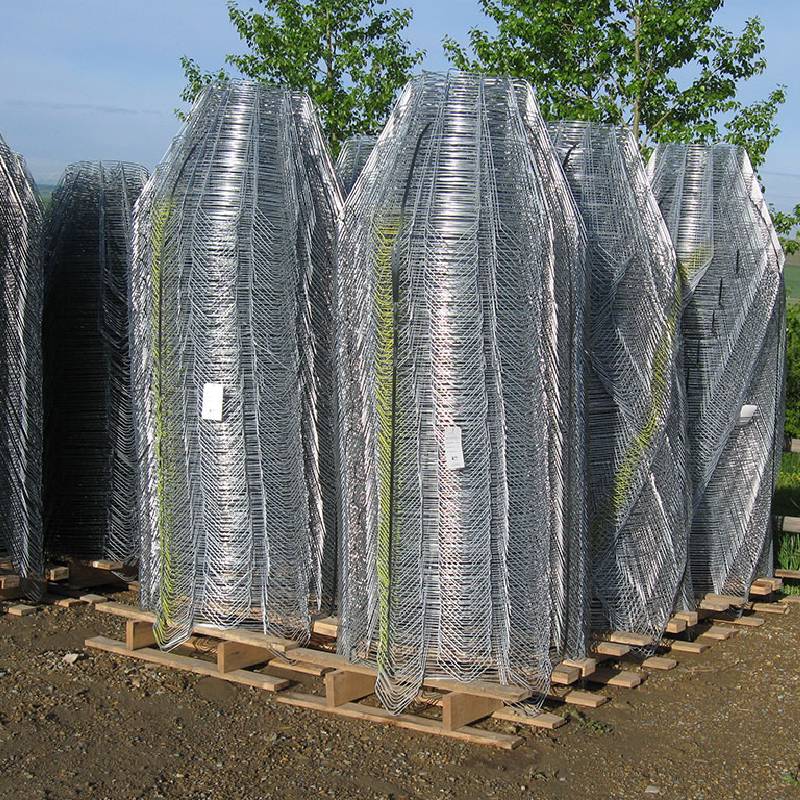
- Mobile Phone
- +8613931874955
- sales@cntcmetal.com
Versatile Brick Wall Ties for Adjustable Construction Solutions
The Importance of Adjustable Brick Wall Ties
In the realm of construction and masonry, the integrity of structures is paramount. Among the various elements that contribute to this integrity, brick wall ties play a crucial role. These small yet essential components ensure the stability and longevity of brick walls, especially in buildings that rely on varying materials. Among the different types of wall ties available, adjustable brick wall ties are particularly noteworthy for their flexibility and adaptability.
What Are Brick Wall Ties?
Brick wall ties are metallic connectors that link brickwork to other structural components, such as timber or steel frames. Their primary function is to provide support and lateral strength to the wall, ensuring that it can withstand environmental pressures, such as wind or seismic activity. Wall ties are often overlooked, yet they are essential for preventing structural failures that could result from shifting or settling.
The Need for Adjustability
Traditionally, wall ties are fixed in size and shape, which can pose challenges in construction. Buildings are often subject to settling over time, and external factors like temperature changes can also cause materials to expand or contract. This is where adjustable brick wall ties come into play. Their innovative design allows for modifications in length and position, enabling constructors to adapt the connection as needed during the building process. This adjustability is crucial for ensuring proper alignment and load distribution across the structure.
Key Benefits of Adjustable Brick Wall Ties
adjustable brick wall ties

1. Enhanced Structural Stability Adjustable brick wall ties provide better reinforcement against lateral forces. Having the ability to adjust their length ensures that each tie can be anchored securely, providing a solid connection that enhances the overall stability of the structure. This is particularly vital in areas prone to high winds or earthquakes.
2. Improved Aesthetic Flexibility Not only do adjustable ties offer functional advantages, but they also contribute to the aesthetic flexibility of a building. Architects and designers can experiment with various designs and materials, knowing that the wall ties can accommodate their creative vision. Whether implementing unconventional curves or unique façade patterns, adjustable ties help maintain both beauty and strength.
3. Ease of Installation The ease of installation provided by adjustable ties cannot be overstated. Construction timelines can often be impacted by the need to customize components in the field. Adjustable ties streamline this process, reducing labor time and associated costs. Builders can adjust the ties on-site, minimizing the risk of miscalculating measurements before installation.
4. Long-Term Cost Efficiency While adjustable brick wall ties might have a higher upfront cost compared to traditional options, their long-term benefits outweigh any initial investment. Their adaptability significantly reduces the likelihood of future structural issues, which can be costly to repair. Moreover, their use promotes better construction practices, potentially resulting in lower insurance premiums over time.
Conclusion
In conclusion, adjustable brick wall ties are an essential innovation in modern construction, ensuring that structures remain stable, secure, and aesthetically pleasing. Their ability to adjust to varying conditions and materials not only enhances the safety of buildings but also contributes to the creative possibilities within architectural design. As we move forward in an ever-evolving industry, integrating such intelligent solutions will be key to building resilient and lasting infrastructures. The growing adoption of adjustable brick wall ties will likely reflect a broader shift towards smarter, more adaptable construction practices, ultimately setting new standards for safety and efficiency in the building process.
share:
-
Why Sacrificial Formwork Is Redefining Underground ConstructionNewsJun.06,2025
-
The Structural Dynamics of Modern Concrete: How Snake Spacers Revolutionize Flexible ReinforcementNewsJun.06,2025
-
Snake Spacers Smart-Lock Concrete Reinforcement with Surgical PrecisionNewsJun.06,2025
-
Snake Spacers: Reinforcement Precision for Modern Concrete ProjectsNewsJun.06,2025
-
Snake Spacers Powering Concrete's Structural DNANewsJun.06,2025
-
Slither into Success: Snake Spacers' Precision Bite for Unbreakable ReinforcementNewsJun.06,2025
-
Sacrificial Formwork: Building Stronger, Faster, and Safer StructuresNewsJun.06,2025



















